Pure Precision 7mm: Between Dedicated Precision Rig & Lightweight Hunting Rifle
Photos by Kenda Lenseigne
If you’re looking for a custom bolt action rifle, now is a good time to be alive. There are more manufacturers than ever, quality and repeatability is at an all-time high, and consumer choice has never been better. One of the newer players in this field is Pure Precision, and we got hands on with one of their offerings in 7mm PRC.
BUILD SHEET
Once you start piling on the horsepower, there’s a delicate dance when it comes to selecting components for a rifle build. 7mm PRC skews toward the higher end of the spectrum for muzzle energy and while it’s possible to build a 5-pound gun, you aren’t going to enjoy shooting it for very long. Accuracy suffers too, as light rifles lack the mass needed to damp out the inevitable twitches and vibrations which occur when you get a real live human shouldering it and pulling the trigger, as opposed to a machine rest.
While heavy guns are a joy to spend time with on the range, hauling one up a mountain quickly reminds us why our infantry days are but a rosy memory, back when knees and back had honest-to-God cartilage between bone.
The criteria for this build, was a rig capable of exploiting the ballistic efficiency of the 7mm PRC cartridge, while being easy to both shoot and carry. Not much to ask then …
LOCK, STOCK, AND BARREL
The Pure Precision SKLTN action was to form the basis of the rifle, and it has all the features we look for in a high-end custom gun. As the 7mm PRC is a long action cartridge, this one weighs 2 ounces more than the short action version, but has the same weight saving relief cuts. We could have knocked almost half a pound off the all-up mass by opting for titanium over 416 stainless steel, but there are enough downsides to Ti in high-volume, hard-use rifles that the weight penalty seemed worth it.
By designing around the Remington 700 footprint, the action is well supported with aftermarket goodies, but it goes far above and beyond the original in terms of feature set. For example, there’s an M16-style extractor let into the two-lug bolt, which has spiral flutes to both lighten things up and give debris somewhere to go.
The bolt body is carved from 4140 carbon steel, which is DLC coated to both increase lubricity and protect it from the elements. And should you ever need to pull the firing pin in order to clean it or remove chunks of blown primer, then just push, twist the bolt shroud, and it’ll fall into your hand.
Non-critical parts of the action are pared away, including areas of the integral recoil lug, bolt handle and knob, and the relief cuts on the action’s sides give a pleasing aesthetic. We were glad to see that Pure Precision had ditched the flimsy, standard Remington bolt stop, replacing it with a much beefier version located on the left side of the action body, out of the way, but easy to get to.
In keeping with the lightweight theme of this build, the stock starts out as a hand-laid carbon-fiber shell, which is inlet for the SKLTN action and features a bull barrel channel for the tube we selected — more of which in a bit.
To keep the forend from flexing when loading a bipod, there’s an aluminum bar embedded in the carbon/epoxy matrix which runs forward of the magwell — this also gives a convenient place to drill and tap for sling studs, which reduces the chances of them pulling out, and allowed us to mount a Spartan Precision bipod adapter.
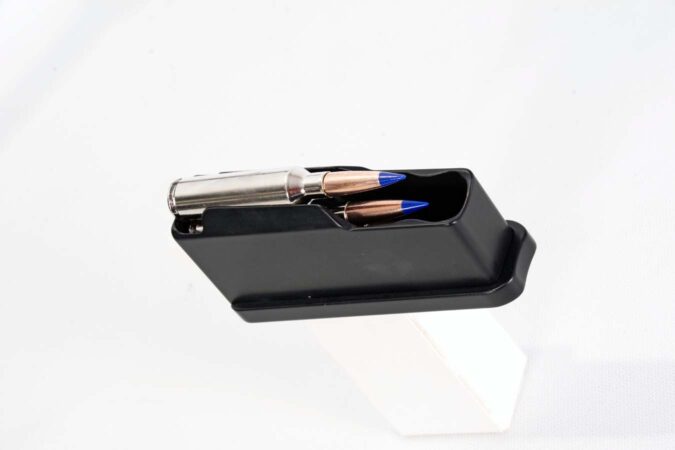
The pistol grip area is almost vertical, with a generous ambi palm swell, textured to increase grip. If you prefer to shoot without wrapping your master hand thumb, then a flat area at the rear of the action tang accommodates this nicely, and the trigger finger falls naturally on the TriggerTech’s serrated blade. Ours came set at 2 pounds, and we saw no reason to change it. Comb height is non-adjustable, but is set as high as possible without fouling the bolt shroud at the end of its stroke, and a Pachmayr Decelerator recoil pad caps off the butt to give a 13.5-inch length of pull.
Our barrel came from the guys at Helix 6. We’ve used their carbon-fiber wrapped products before, and have come to expect very tight groups when installed correctly. This one evidently had been, as evidenced by paper downrange, and the twist of one turn in 8 inches is ideal for the lengthy projectiles involved. Because we’re not heathens, this build was designed from the outset with suppressor use in mind, and sacrificing a little velocity for a shorter barrel to offset the additional length of the can was a worthwhile trade-off.
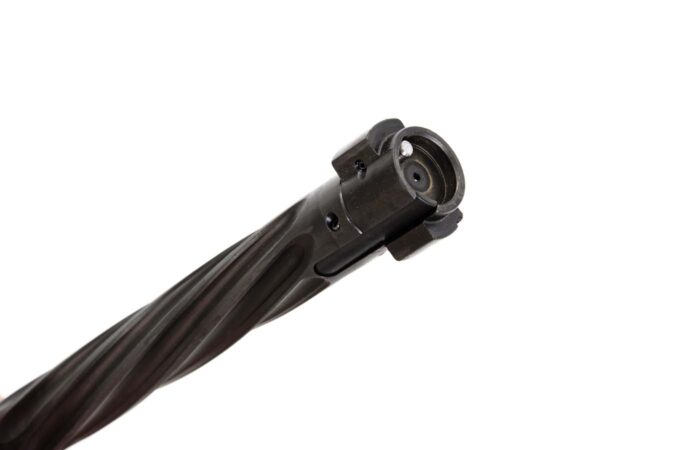
Speaking of cans, the Dead Air Nomad Ti is pretty much made for applications such as this. It’s never going to be our first choice for anything that’s going to lay down a great volume of fire — fully welded titanium construction is tough, but it’s not that tough — but for scenarios such as this one where a large quantity of propellant gas is produced with every shot, it’s ideal, producing a pleasant tone and good noise attenuation. Weighing 9.5 ounces in direct thread configuration, it’s worth looking at if you’re thinking about outfitting a hunting or precision rig.
ROUNDS DOWNRANGE
After fitting a Zeiss Conquest V4 4-16×50 in Warne rings, we sallied forth to see what the rifle was capable of. 7mm PRC has developed a bit of a reputation for creating hard carbon fouling in the lede, so the rifle was cleaned every 15 rounds or so during initial break-in, and we didn’t see any problems with this throughout the evaluation.
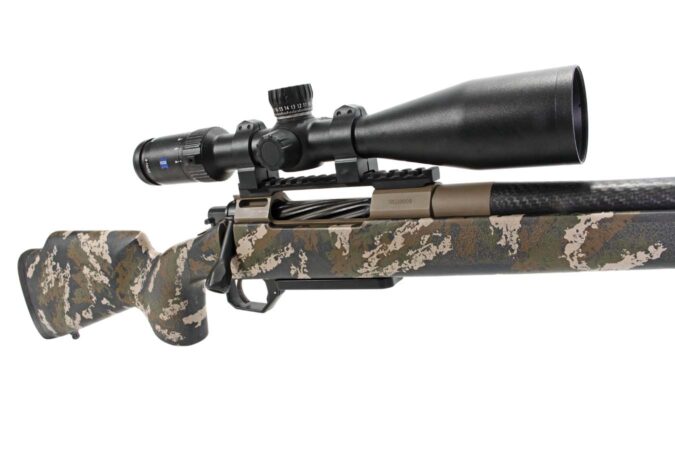
At the last moment, Barnes sent along some of their new VOR-TX loads with a yet-to-be-announced bullet that at the time didn’t even have a confirmed BC, so we got to reverse-engineer it from DOPE, which was a fun side quest.
In all, 220 rounds were fired. While this might not seem like a lot, it was enough to get a good handle on the rifle’s performance, and the ammunition we sent down the pipe. As this is a hunting rig, we limited accuracy testing to three-round groups, and never once had one exceed 1 inch at 100 yards. Most of the time, we wound up with sub-0.5 MOA clusters, occasionally dipping into the .2s. For a new rifle, shooting factory ammo, this is exceptional performance, and just a few decades ago would require extensive load development to get close.
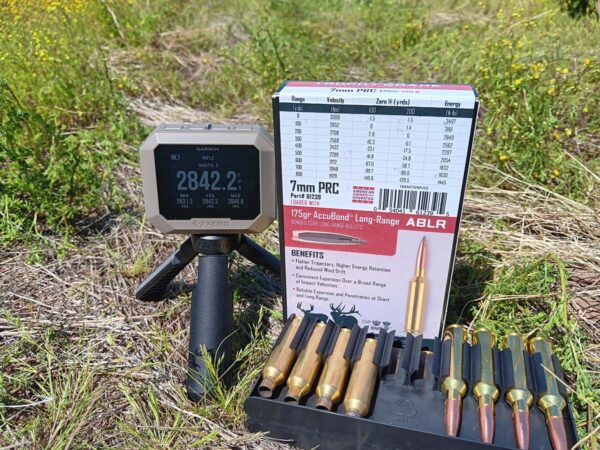
We’d planned on taking the rifle out into Arizona’s White Mountains to try it in the field on spring black bears, but a series of freak snow storms put paid to that idea. Instead, it was shot on our home range out to 1,070 yards in balmy conditions, and could place copper on steel any time we asked it to.
The combination of a potent caliber, and exceptional build quality in all components produced consistent results, and we’d have no hesitation in taking this build on the hunt of a lifetime, anywhere in the world. There’s not a lot it couldn’t kill, and its range is limited by ethics, rather than capability.
7MM PRC. SHOULD YOU GET ONE?
Bottom line up front. If you already have a 7mm Rem Mag, .280 Ackley, .284 Win, 7 SAUM or Wizzum, no. If you’re only going to sling projectiles up to 150 grains in weight, again, no. But if you have a 7mm hole in the collection, or just want the most efficient and balanced way to launch very high-BC projectiles way out there, then it’s definitely worth a look.
Hornady designed the 7mm PRC to slot neatly between its initial offerings, the 6.5 PRC and 300 PRC. Like its brethren, it’s a welcome relief from the massively overbore magnums of the late 20th century, and rather than chasing velocity at all costs, instead offers the user a package that will heave long, slippery, heavy-for-caliber bullets at moderate speeds, using sensible charges of slow burning powder.
Its chamber design is optimized for these bullets, too and while you could seat them in the comparably-sized 7mm Rem Mag, in doing so you’d wind up eating up a lot of powder capacity, as the older cartridge’s throat design limits overall length. Longer bullets also require a faster twist barrel in order to stabilize properly, and the one turn in 9.5 inches SAAMI spec for 7mm Rem Mag is too slow — you’ll need a custom tube with a long throat to take advantage of them.
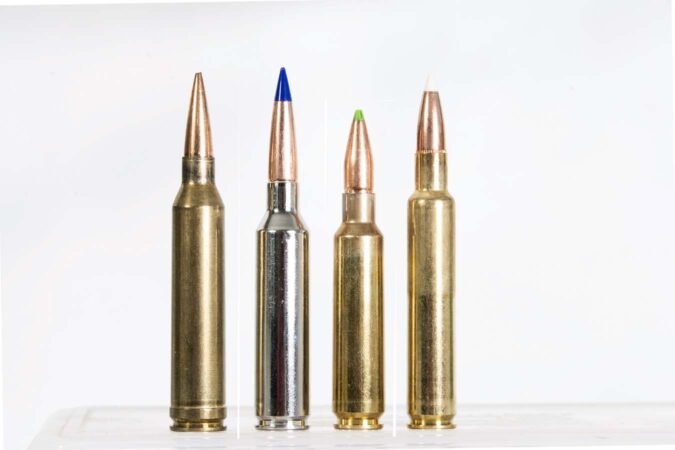
Will the 7mm PRC stick around, or will it fade into obscurity like the various SAUM and WSM offerings? Good question, as there’s very much a chicken and egg situation when it comes to new cartridge introductions.
Consumers aren’t going to buy into a new caliber unless it gives them a significant advantage over what’s currently on the market, and they can easily access both ammunition and the guns that fire it. Manufacturers aren’t going to build guns and ammo unless the there’s a strong consumer demand.
The 6.8 Western, introduced by Winchester at about the same time as the 7mm PRC is suffering from this — as of publication there’s only two companies loading ammo for it, namely Winchester and Browning, with the same two, plus a small handful of semi-custom makers building rifles. It’s a good cartridge, but anyone picking up what’s it’s laying down has probably already got a fast-twist .270 WSM and rolls their own to take advantage of it.
The 7mm PRC, on the other hand, is supported by at least a dozen rifle companies across the price spectrum and most of the big ammo makers, not just the company that designed it. One’s going to thrive, the other will fade into obscurity.
AMMO DATA
It wasn’t that long ago when you’d shoot factory ammo to break in a barrel and create once-fired brass, which you’d then use for load development to create accurate rounds tailored to your rifle. After shooting three different hunting loads, from three different manufacturers, we’re seriously debating the wisdom of reloading at all.
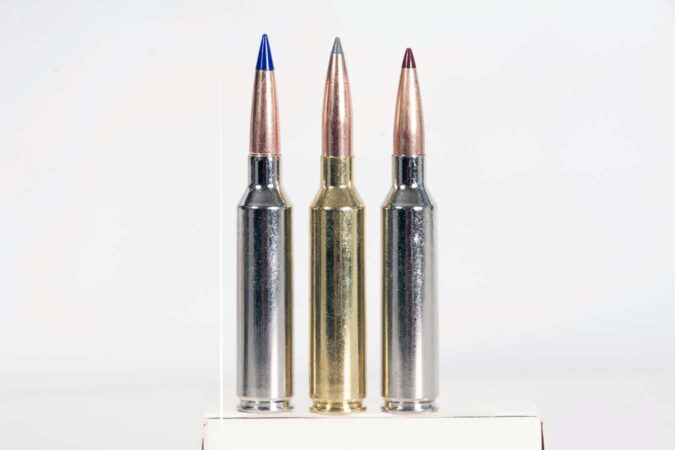
For a rifle like this where it’s unlikely to see a heavy firing schedule, and where factory ammo is this consistent, by the time you factor in the cost of dies, powder and time, you may as well spring for a few boxes of factory loads and call it good, unless there’s something you feel that without which, your life would be incomplete. Such as 195-grain Berger EOL bullets with their insane .755 G1 BC.
7mm PRC Factory Load Data
| Manufacturer | Load | Velocity | Extreme Spread | SD | Avg. Group Size |
|---|---|---|---|---|---|
| Federal | 175-grain ELD-X | 2,880 | 34.5 fps | 17.7 | 0.37 |
| Barnes | 160-grain LRX | 2,910 | 22 fps | 16.1 | 0.51 |
| Nosler | 175-grain ABLR | 2,840 | 15.5 fps | 7.9 | 0.92 |
READ MORE
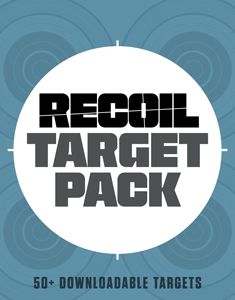
NEXT STEP: Download Your Free Target Pack from RECOIL
For years, RECOIL magazine has treated its readers to a full-size (sometimes full color!) shooting target tucked into each big issue. Now we’ve compiled over 50 of our most popular targets into this one digital PDF download. From handgun drills to AR-15 practice, these 50+ targets have you covered. Print off as many as you like (ammo not included).
Get your pack of 50 Print-at-Home targets when you subscribe to the RECOIL email newsletter. We’ll send you weekly updates on guns, gear, industry news, and special offers from leading manufacturers – your guide to the firearms lifestyle.
You want this. Trust Us.

Read the full article here


